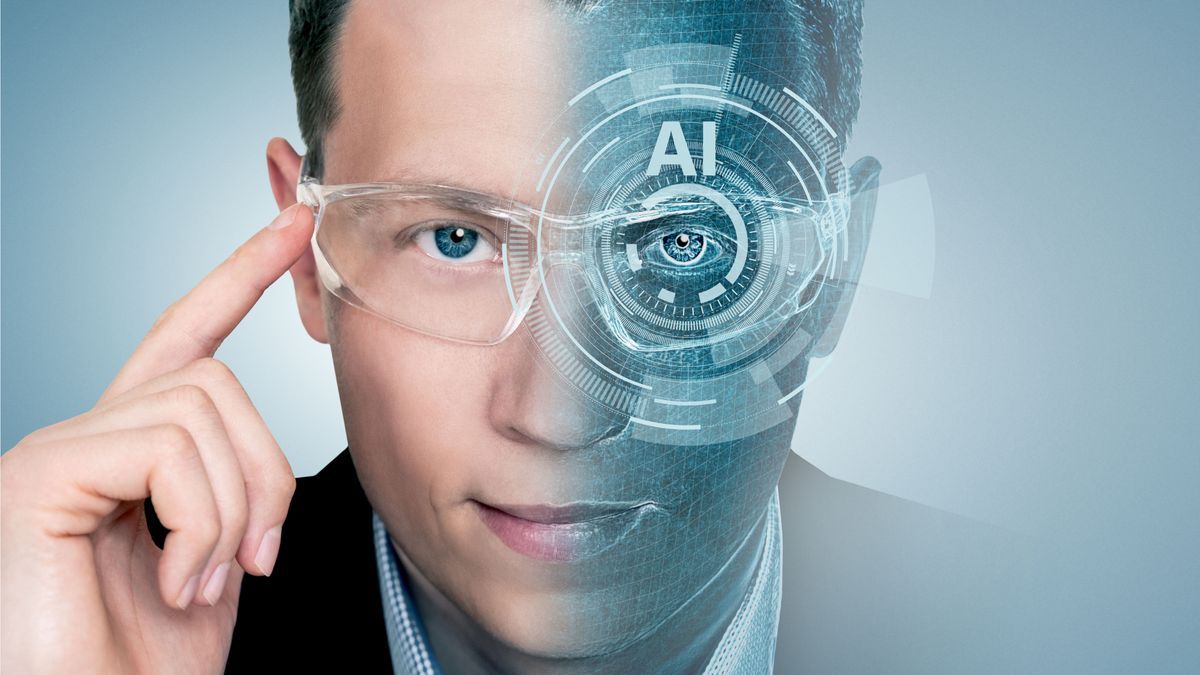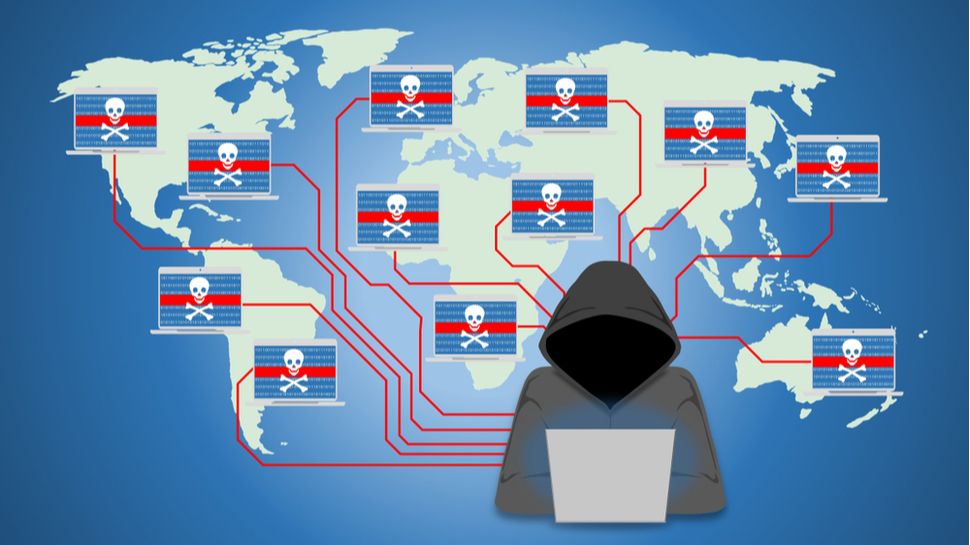The recent AI action summit has placed artificial intelligence at the forefront of commercial transformation, but there is a growing gap between the implementation of AI and the preparation of the workforce. While companies strongly invest in avant -garde tools, many lack structured approaches to build essential competencies within their equipment, a disconnection that threatens to undermine the benefits that these technologies promise to offer.
As organizations face continuous challenges, from macroeconomy to changing data policies and competition for the talent of AI, the need to develop AI literacy has become a practical need instead of future consideration. Add to that, the growing expectations of the workforce about flexible labor and professional development opportunities, and it is clear that organizations must reinvent how they prepare their teams and also how their employees benefit from the adoption of AI.
VP and General Manager of EMEA on Smartsheet.
The current state of the adoption of AI
Organizations are implementing in their business, from content creation to the machine and data analysis. An McKinsey investigation suggests that up to 30% of the hours worked in economies could be automated by 2030, with millions of work changes required in the same period.
This skills gap extends beyond technical experience; It also includes understanding the potential of AI and identifying the correct applications in work transmissions. Instead of replacing workers, AI must be seen as their “chef sous”, improving productivity and efficiency in the workplace.
The IBM Institute research for commercial value found that organizations that display AI at an operational level, instead of depending solely on skill -based initiatives, have exceeded their peers by 44% in key metrics, such as employee retention and income growth. This suggests that the successful integration of AI depends not on the implementation of more tools, but on creating experiences of perfect and easy -to -use employees that improve instead of complicating daily work.
Reimagining the development of the workforce
Traditional training methods do not apply to the dynamic nature of AI. Organizations must create comprehensive training that accommodates different levels of AI literacy and variable roles within the company.
Doing this successfully requires a nuanced thought. Companies must implement programs that go beyond technical knowledge and include practical applications and ethical considerations. Whether you are developing clear frames for the use of AI or the establishment of guidelines for use cases, it is important to create a safe space for experimentation and learning.
Above all, any created frame must be flexible and easy to adapt as technology evolves. Organizations need a confidence -based management that guarantees that the equipment includes not only how to use AI tools, but when and why take advantage of them effectively.
Executives and managers must defend the adoption of AI, demonstrating their own commitment to learning and development. This upward approach helps create a culture where the development of AI skills is valued throughout the organization. Leaders must also be prepared to combat digital exhaustion by integrating AI tools into intuitive and unified platforms that support productivity without creating employee frustration.
The human element remains central
Many professionals who sail for a workplace enabled for the AI are worried about how their skills and experience fit in this new panorama. While anxiety is natural since employees wonder how AI will alter their roles, leaders should help their teams see their place in this transformation.
For example, some organizations have found success through practical demonstrations, such as having human experts, verify the responses generated by AI. This exercise helps professionals to recognize AI as a useful starting point when they see their deficiencies, validating the unique human experience of employees.
On the other hand, people need to identify the skills that make them valuable in their field and rely on them. Soft skills such as leadership, compassion and critical thinking will become even more valuable as routine tasks will automate.
The leaders are the catalysts for the transformation of AI, a pioneer into a new era of work by combining technological innovation with human ingenuity. By modeling the adoption of AI and establishing clear route sheets for the adoption of AI, they will be one step closer to creating a culture that balances the technological advance with the well -being of employees. As teams acquire new skills around AI and critical thinking, the vision and commitment of leadership become the basis of the evolution of the workplace.
The time to act is now. Organizations cannot afford until the AI skills gap becomes a crisis. By taking proactive measures to develop the capacities of their workforce, companies can ensure that they are prepared to prosper in an increasingly enabled future for AI. Taking decisive measures now to develop the literacy of your workforce can help your team prepare for change and also position your business to lead it.
We have classified the best online collaboration tools.
This article was produced as part of the Techradarpro Insights Expert Channel, where we present the best and most brilliant minds in the technology industry today. The opinions expressed here are those of the author and are not necessarily those of Techradarpro or Future PLC. If you are interested in contributing, get more information here:









